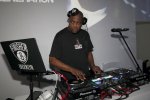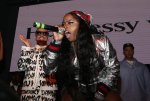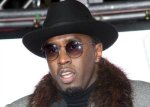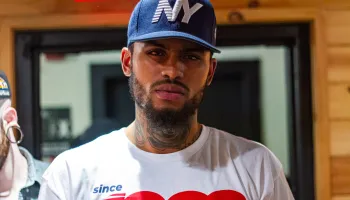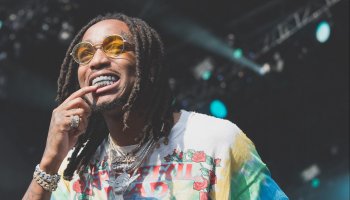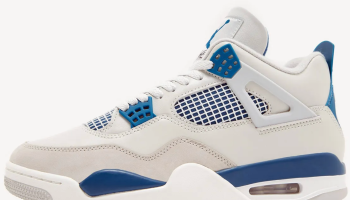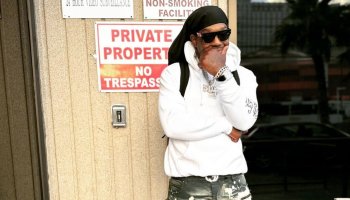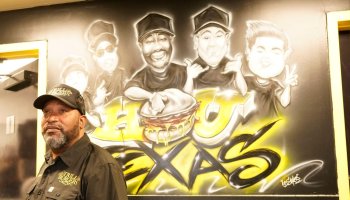Former NAACP leader Rachel Dolezal, the White woman who identified herself as Black, says she is now unemployed and living on food stamps.
Dolezal has resurfaced in a feature by The Guardian where she was asked about what she’s been up to since she was ousted from her NAACP post and teacher job at Eastern Washington University when the world found out that she had been impersonating a Black woman for much her adult life.
Things don’t seem to be going too well for her.
The Guardian writes:
Today Dolezal is jobless, and feeding her family with food stamps. A friend helped her pay this month’s rent; next month she expects to be homeless. She has applied for more than 100 jobs, but no one will hire her, not even to stack supermarket shelves. She applied for a position at the university where she used to teach, and says she was interviewed by former colleagues who pretended to have no recollection of having met her. The only work she has been offered is reality TV, and porn. She has changed her name on all her legal documents, but is still recognised wherever she goes. People point at her and laugh.
The 39-year-old says she can count the friends she has left in town on her fingers. “Right now the only place that I feel understood and completely accepted is with my kids and my sister.” She has written a memoir, titled In Full Color, but 30 publishing houses turned her down before she found one willing to print it. “The narrative was that I’d offended both communities in an unforgivable way, so anybody who gave me a dime would be contributing to wrong and oppression and bad things. To a liar and a fraud and a con.”
The Guardian also shared some of what In Full Color contains. In it are stories about how Dolezal’s ultra-religous White parents wrote down “Jesus Christ” as the only witness to her birth on her birth certificate. The book also talks about how Dolezal grew up drawing herself with brown crayons and covering her face with mud to look like the Bantu women she saw on National Geographic. One of the more interesting moments of the book comes when she admits that when people actually started considering her Black was the first time she ever felt “beautiful.”
Read the full story here.
Photo: Screenshot
